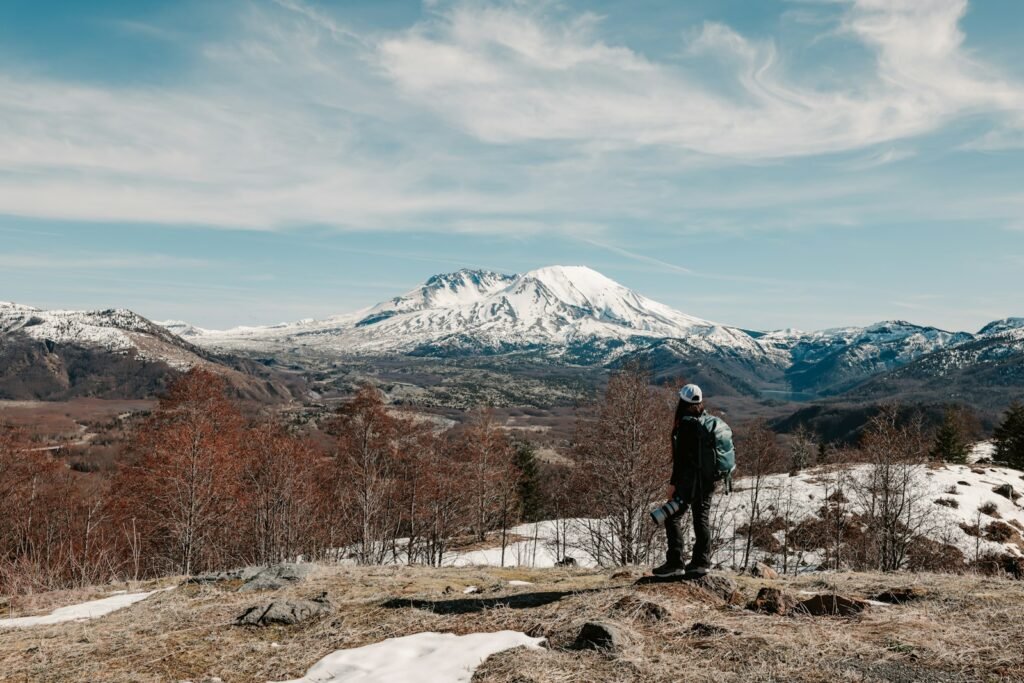Imagine standing in the quiet dawn of a desert, the sun rising over a stretch of mysterious earthworks—long, winding ditches carved with purpose, yet their makers are forgotten. In a world obsessed with pyramids and lost cities, America’s ancient canals barely get a whisper. But beneath our feet, hidden by wild grasses and modern roads, lie the bones of a civilization that harnessed water in ways both ingenious and profound. These canals are more than mere trenches; they are silent witnesses to ingenuity, survival, and a kind of ambition that feels almost mythical today.
Echoes from an Ancient World

Long before skyscrapers pierced the sky, indigenous peoples across North America were reshaping their landscapes. They didn’t use steel or concrete. Instead, they wielded stone tools, woven baskets, and—most importantly—a deep knowledge of the land. The canals they dug are not just practical feats but also emotional echoes, whispering stories of communities who thrived where others would have perished. Every shovel of soil was a gamble against drought, a promise to the next generation.
The Hohokam: Masters of the Desert

The Hohokam civilization, living in what is now Arizona, were true canal pioneers. Between 300 and 1450 CE, they carved out more than 500 miles of irrigation canals, some stretching over 20 miles long. Imagine the determination required to dig such channels through hard-packed desert soil! The Hohokam managed to transform arid land into lush fields of corn, beans, and squash, supporting cities that rivaled anything in their contemporary world. Their work was so advanced that parts of modern Phoenix’s canal system trace the same ancient routes.
Engineering Without Wheels or Metal

What makes these achievements even more mind-blowing is the technology—or rather, the lack of it. The Hohokam and their predecessors built their waterways without wheeled carts or metal tools. They used digging sticks, stone axes, and pure grit. Carefully planned gradients ensured water flowed slowly and steadily, avoiding both flooding and stagnation. Their understanding of hydraulics rivals that of ancient Egypt or Mesopotamia, yet it often goes uncelebrated.
Canals Beyond the Southwest
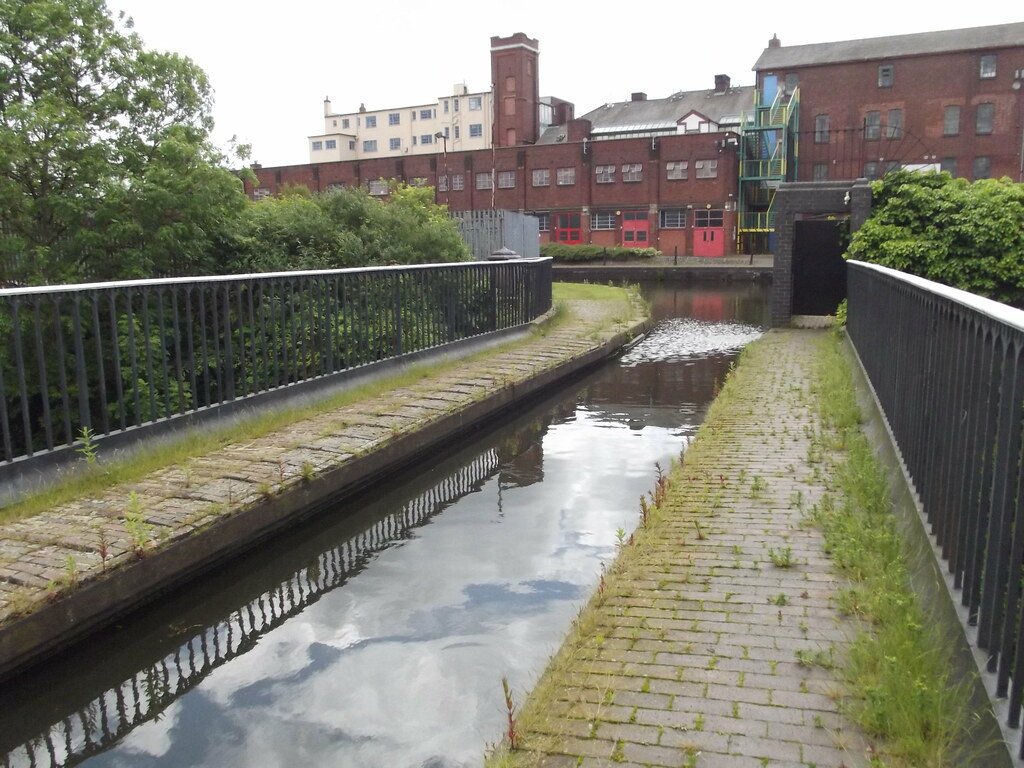
While the Hohokam’s canals are the most famous, they are not alone. In Florida, the Calusa people designed intricate canal networks in the mangrove swamps, connecting villages and ceremonial centers. In the Midwest, ancient Hopewell societies dug ditches and embankments that may have guided both water and people. These works hint at a continent-wide tradition of water engineering, each adapted to unique environments.
The Mysterious Canals of Peru’s Kin
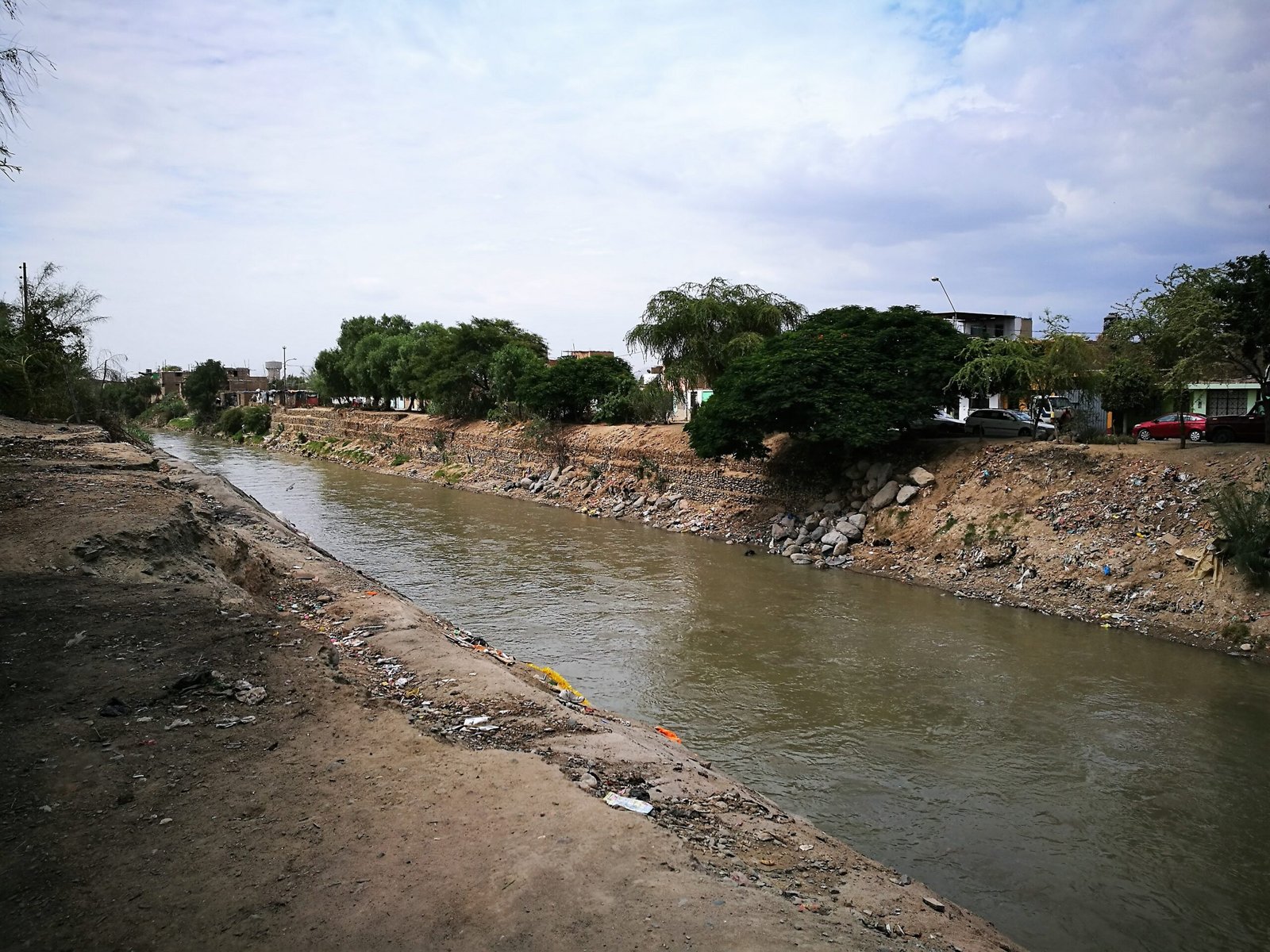
American canals can’t help but draw comparisons to the ancient irrigation systems of Peru, where the Nazca and Moche civilizations flourished. Some archaeologists wonder if there were exchanges of ideas, or if necessity simply bred similar genius in different corners of the world. The similarities remind us that human creativity is a river that flows everywhere, cutting through the toughest obstacles.
Canals as Lifelines and Highways

Canals weren’t just about watering crops. In some cultures, they served as transportation routes. Dug deep enough, these water highways allowed canoes laden with fish, shells, or trade goods to slip silently between communities. They connected villages and sacred sites, weaving a web of relationships that stretched for miles. For many, the canal was the heart of daily life—a place to work, gossip, and dream.
Nature Fights Back

Building a canal is one thing—keeping it alive is another. Silt, roots, and animal burrows constantly threatened to choke these lifelines. Every year, communities would gather to clear the ditches, patch up breaches, and keep the water flowing. It was hard, communal work, but it also cemented bonds. Imagine neighbors laughing, sweating, and swapping stories as they fought back the wild—a timeless ritual in the dance between people and nature.
What Lies Beneath: Archaeological Discoveries

For centuries, the true scale of America’s ancient canals remained hidden. Early settlers mistook them for natural gullies or cattle tracks. Only in recent decades have archaeologists, armed with drones, ground-penetrating radar, and careful excavation, begun to map these sprawling networks. Each discovery peels back a layer of the past, revealing evidence of communal labor, sophisticated design, and a reverence for water.
Unraveling Ancient Techniques
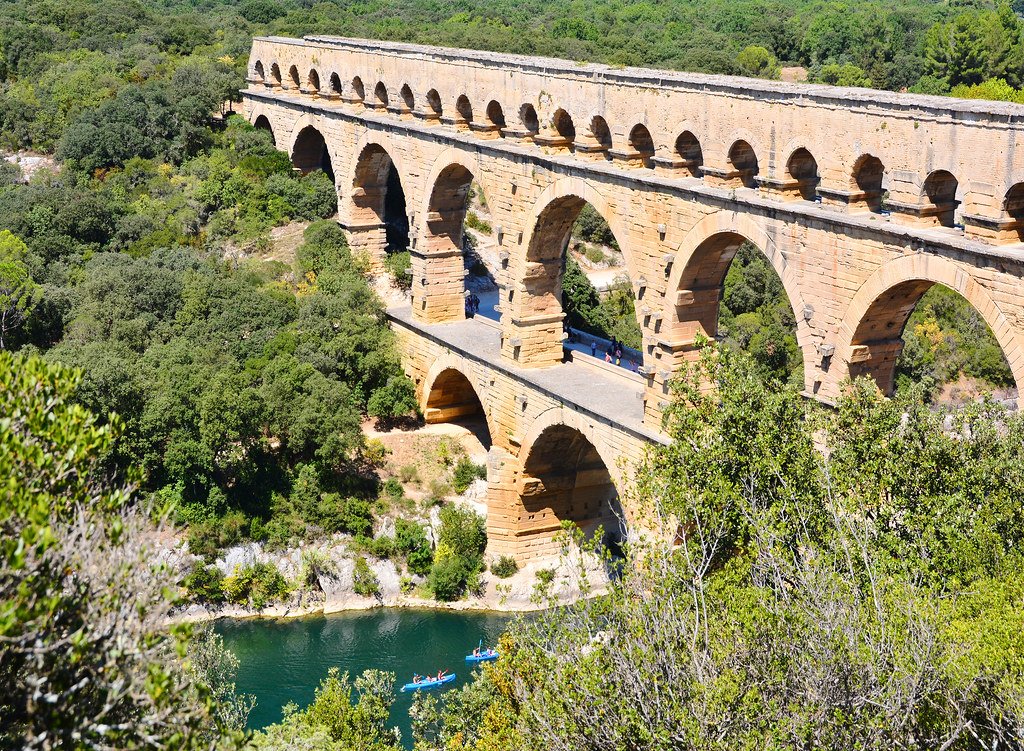
How did these ancient engineers manage precise water flow without modern surveying tools? By reading the land—watching how rain pooled, how soil absorbed moisture, how plants responded. They mastered the art of the gentle slope, ensuring water traveled but never rushed. Some even lined channels with clay or stone to prevent leaks. Their techniques, passed down by word and practice, blended observation with experimentation.
The Social Fabric of Canal Building

Digging a canal wasn’t a solo endeavor. It required whole communities to coordinate, plan, and execute. Leaders organized labor, managed disputes, and celebrated successes. These efforts fostered a culture of cooperation, binding people together in shared purpose. Even today, descendants of canal-building societies remember the stories—of ancestors who worked side by side, carving survival from the earth.
Rituals and Spiritual Dimensions
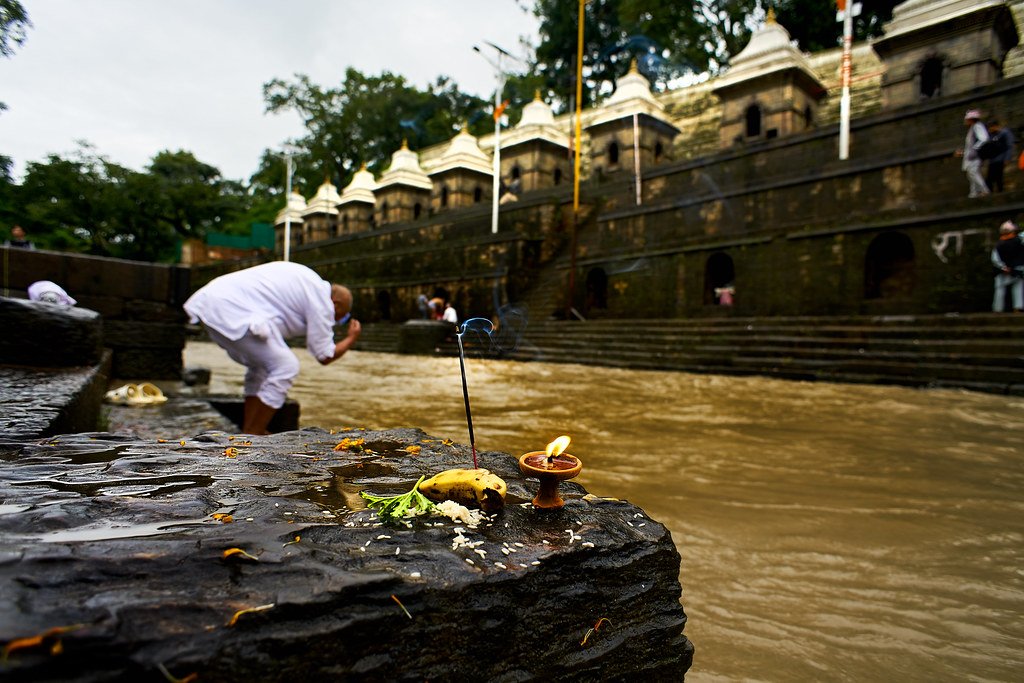
Water was more than a resource—it was sacred. Many canal systems were woven into religious life. Ceremonies marked the beginning of digging seasons and the first flow of water. Offerings were sometimes placed in the channels to honor the spirits believed to dwell there. The canals were arteries not just of crops, but of belief, connecting the physical and spiritual worlds.
Lessons from Ancient Sustainability

These ancient engineers practiced sustainability long before the term existed. They understood that overuse or poor maintenance could bring ruin, so they developed rules and rituals to protect their water sources. Crop rotation, seasonal fallowing, and communal workdays helped ensure the land remained fertile and the canals clear. Their wisdom is a reminder that even in harsh environments, balance is possible.
Disappearance and Rediscovery

So why did these canals—and the societies that built them—vanish? Climate change, floods, social upheaval, and invasion all played a part. Some canals were abandoned as water sources dried up; others were swallowed by new growth or destroyed by later construction. Yet, even as their creators faded, the canals themselves endured, sometimes rediscovered centuries later by chance or curiosity.
Modern Echoes: Lessons for Today

Today, as droughts and water shortages become more common, scientists and engineers are once again looking to the past for inspiration. Some modern irrigation systems in the Southwest deliberately mimic Hohokam designs. Communities are relearning the value of local knowledge, communal effort, and respect for nature’s limits. The ancient canals offer a blueprint—not just for survival, but for thriving in harmony with the land.
Preserving the Past for the Future
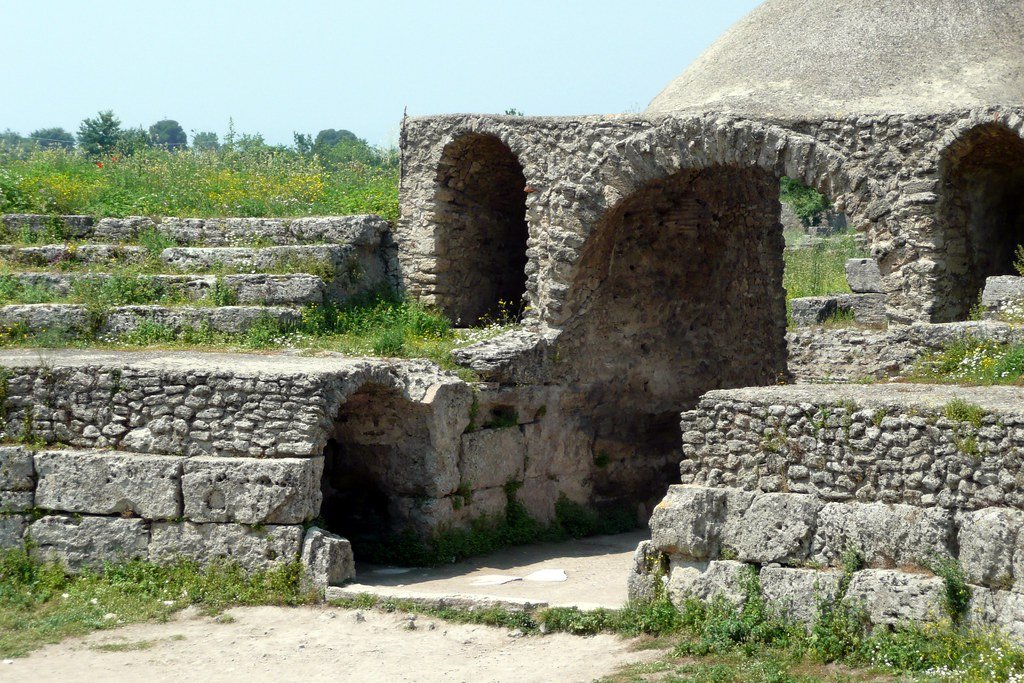
Preservation is a race against time. Each year, development, erosion, and neglect threaten what remains of these ancient wonders. Archaeologists, tribal leaders, and citizens are working together to protect and interpret these sites. Museums and educational programs are spreading the word, helping new generations appreciate this hidden heritage. Every preserved canal is a bridge between past and future.
The Emotional Power of Forgotten Landscapes

Walking along the remnants of an ancient canal, it’s hard not to feel a shiver of connection. You can almost hear the laughter of children, the rhythm of work songs, the splash of water in the sun. These landscapes are not empty—they’re alive with memory and meaning. In every curve and contour, they challenge us to remember, respect, and reimagine our relationship with the planet.
What Will We Leave Behind?

As we marvel at these lost feats, one question lingers: What will future generations discover beneath our own feet? Will they see evidence of care, wisdom, and community, or scars of neglect and short-sightedness? The ancient canals of America beg us to look closer, to listen harder, and to carry forward the lessons of those who built with hope, sweat, and vision.




